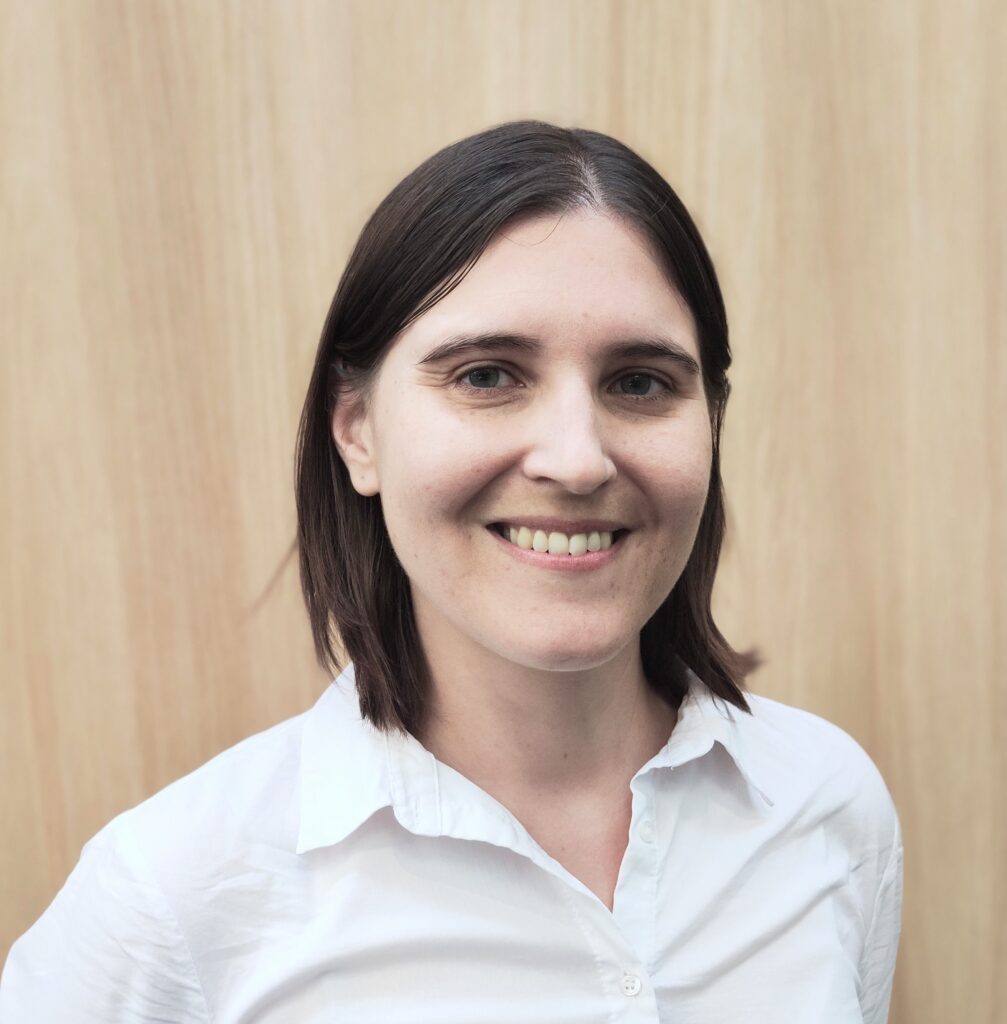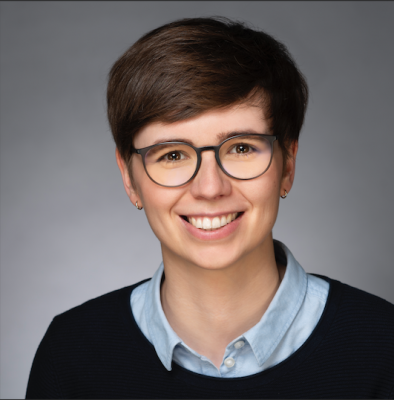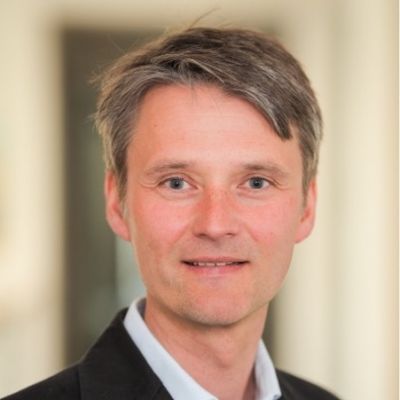by Victoria Marín, Universitat de Lleida, Spain, & Laura N. Peters & Olaf Zawacki-Richter, University of Oldenburg, Germany.
Open Educational Resources (OER) are a constituent element of open education and open educational practices (OEP). In many countries, supporting infrastructures have been established for the distribution of digital learning materials as OER. With the global COVID-19 pandemic, the sharing of digital content for teaching and learning that has been created in times of emergency online teaching and beyond, the topic of OER has gained additional importance.
However, the emergence of OER and OEP can only be understood with the Web as the basis for a global knowledge infrastructure, the “digital knowledge infrastructures” (Marín & Villar-Onrubia, 2022). Despite the technological focus of the term “infrastructure”, we adopt a socio-technical perspective that goes beyond infrastructure as technology, and also considers standards, practices, etc. Some of those digital knowledge infrastructures are also OER infrastructures; for example, OER repositories, open courseware sites (OCW), some massive open online courses (MOOCs) or open textbooks, for instance.

With the underpinning concept of digital knowledge infrastructures, and with a stronger focus on OER infrastructures, the open access book “(O)pen Educational Resources around the World” published in Edtechbooks* includes a collection of country cases from across the world (including Australia, Canada, China, Germany, Japan, South Korea, South Africa, Spain and Turkey) about their situation of (O)ER infrastructures, with a focus on higher education. The international comparative approach followed in the book contributes to a further understanding of the factors behind (O)ER infrastructure at the national level, institutional level and micro level (teaching and learning). The aim of the study whose results are presented in this book was to provide an overview and comparison of the international developments of (O)ER. By using the macro, meso, and micro (3M-)Framework outlined by Zawacki-Richter (2009) and Zawacki-Richter and Bozkurt (2022), we explored issues of OER on the three levels:
- questions about national policies and frameworks for the design of a cross-university (national) infrastructure for the dissemination of OER (macro-level),
- issues related to the provision of OER in higher education institutions, e.g. technical and support infrastructure, professional development, and quality assurance (meso level), and
- questions about the creation and use of OER in higher education teaching and learning, and their sharing between faculty members (micro-level).
It is vital to acknowledge that it is not possible to understand national and institutional (O)ER infrastructure, and the associated support elements, without analyzing and understanding the differences of context and culture, which are part of the socio-technical perspective mentioned above and reflect different dynamics between the macro, meso and micro levels (Marín et al., 2020). Aspects such as the political context and the socioeconomic situation have been shown to be a major influence on how HE (O)ER infrastructures are – or are not – developed and change takes place. On the other hand, the OER movement has moved more efficiently and effectively in countries where national support was provided. However, factors related to the institution and faculty members are also relevant. For all the cases, national or federal policies and funding at the macro level had a key influence on institutional level (policies, strategies, infrastructures) and these, in turn, on the individual level (especially for individual, social and institutional volition). Even though these dynamics exist, their relevance is also dependent on institutions in the same country, which also promote diverse kinds of professional development and support that go often along with macro and meso level policies and line of incentives. In addition, results at the micro level clearly show that there is still much to do in all the countries for individual (O)ER adoption.
The findings presented in the book, also summarised in three academic articles**, could serve as a wake-up call for national/provincial organisations, to see countries comparatively reviewed and therefore justify their push for the improvement of (O)ER infrastructure in higher education institutions, as well as for individual higher education institutions and faculty members.
Behind the study showcased in the book is the EduArc research project (“Digital educational architectures: Open learning resources in distributed learning infrastructures”), funded by the German Federal Ministry of Education and Research with the broader aim of exploring and testing possible solutions of centralised repositories for (O)ER to increase access to (O)ER. The international comparison study about OER was developed by the Center for Open Education Research (COER) of the University of Oldenburg (Germany).
Authors

Victoria Marín, Universitat de Lleida, Spain

Laura N. Peters, University of Oldenburg, Germany

Olaf Zawacki-Richter, University of Oldenburg, Germany














